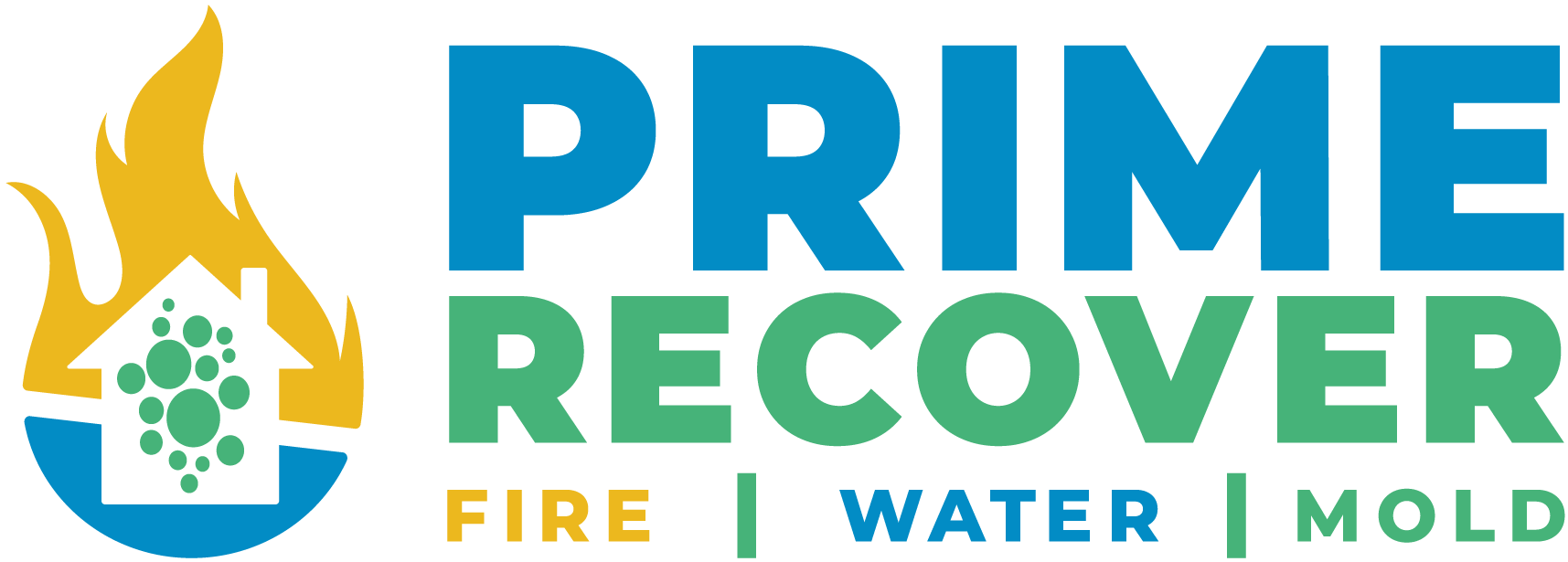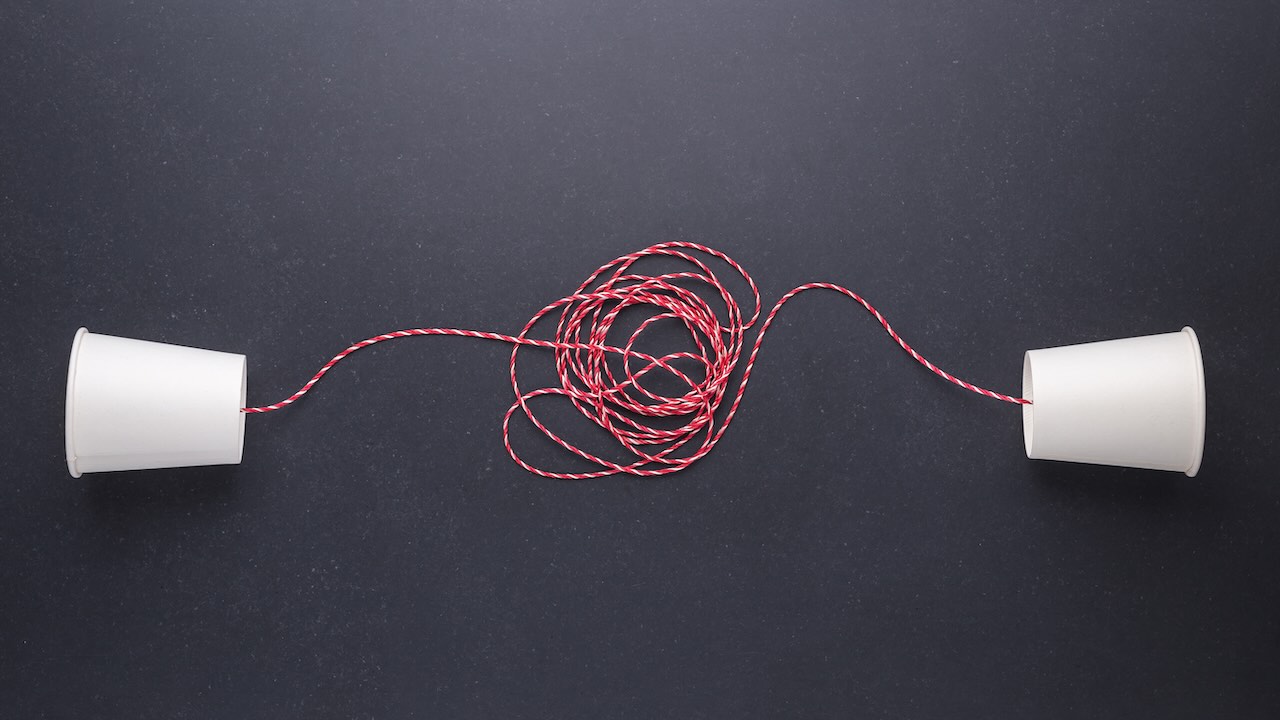1. Setting Realistic Expectations from the Start
When you first contact Prime Recover, our team works to provide a clear timeline and scope of work based on the initial assessment. While we strive to be as accurate as possible, unforeseen complications can arise once we begin the remediation process.
- Example: Discovering hidden mold behind walls or structural damage that wasn’t visible during the first inspection.
- Why Transparency is Critical: Knowing about these potential risks upfront helps you mentally prepare and reduces frustration if timelines shift.
Prime Recover Tip: Ask about “worst-case” scenarios during the initial consultation. A little extra knowledge can go a long way toward making any adjustment easier to handle.
2. Proactively Identifying Potential Roadblocks
As soon as we uncover something that might disrupt the original plan—be it unexpected moisture levels, an electrical hazard, or material shortages—we act quickly to:
- Evaluate Impact on the Schedule: Determine if these issues will affect only one phase of the project or create a ripple effect on subsequent steps.
- Propose Solutions: We never deliver bad news without offering potential fixes or alternatives.
- Communicate with You Immediately: Whether it’s a phone call, text, or face-to-face conversation, we’ll let you know about any challenges as soon as we spot them.
Prime Recover Tip: If you notice something unusual—like a lingering smell or a newly warped floor—between our visits, don’t hesitate to reach out. Early detection can help mitigate or even avoid delays.
3. Clear & Consistent Updates
Open communication isn’t a one-time event—it’s ongoing. Here’s what you can expect when working with Prime Recover:
- Daily or Weekly Briefings: Depending on the scope and speed of the restoration, we’ll give you periodic status updates.
- Progress Milestones: We outline major checkpoints (like after a round of drying or removal of damaged materials) and verify everything is on track.
- Transparency About Setbacks: If a timeline changes, you’ll be the first to know—along with the reason why and the updated schedule.
Prime Recover Tip: Let us know your preferred communication style. Some homeowners or business owners want real-time texts, while others prefer email summaries at the end of each day.
4. Explaining Technical Complexities
Restoration often involves specialized procedures—like negative air pressure for mold containment or dehumidifier placement for water damage. When unexpected technical challenges arise:
- In Layman’s Terms: We break down complex jargon into easy-to-understand language, so you’re never left scratching your head.
- Reference Visuals: Photos, sketches, or diagrams can clarify why certain steps need to be taken or why a delay might be occurring.
Prime Recover Tip: You have every right to understand what’s happening in your property. Asking questions is encouraged. Our team is trained to explain processes so you can make informed decisions.
5. Collaboration with Other Stakeholders
A restoration project often involves more than just our remediation crew. Insurance adjusters, building inspectors, or subcontractors (like electricians or plumbers) may need to step in. Delays can happen if schedules don’t align perfectly or if additional permits are required.
- Coordinated Efforts: We facilitate communication between all parties to reduce wait times and ensure everyone is on the same page.
- Shared Scheduling: By syncing calendars, we can anticipate potential slowdowns, rather than surprising you at the last minute.
Prime Recover Tip: Keeping an open channel with each stakeholder helps expedite approvals and eliminates misunderstandings about who’s responsible for what, preventing unnecessary snags.
6. Flexibility & Adaptability
In the world of property restoration, agility is key. Our project managers and technicians are trained to adapt to new information quickly:
- Revised Action Plans: If we discover a structural issue or additional damage, we’ll promptly revise the scope of work, ensuring the new plan still aims for efficient recovery.
- Resource Allocation: If more equipment or specialized expertise is needed, we’ll make those calls as soon as possible.
- Budget & Insurance Implications: We communicate any adjustments in cost estimates to both you and your insurance provider, ensuring you’re not caught off guard financially.
Prime Recover Tip: Delays or changes in scope don’t have to be stressful—especially when there’s a plan B (and possibly plan C!) ready to go.
7. Listening to Your Concerns
Transparency is a two-way street. While we share information openly, we also encourage you to voice your thoughts:
- Check-In Meetings: We may schedule regular sit-downs or calls specifically to hear your feedback.
- Adaptive Scheduling: If your personal or business circumstances change, let us know. We can often adjust our work hours or project milestones to accommodate.
- Feedback Loop: If something in our communication process isn’t meeting your expectations, we appreciate hearing it so we can make improvements.
Prime Recover Tip: You’re not just a passive observer in this process. Your input is invaluable—every step of the way.
It All Starts With Communication
At Prime Recover, transparency is more than a buzzword—it’s the foundation of our entire approach. We recognize that delays and challenges in restoration projects can add layers of stress to an already difficult situation. That’s why we prioritize open, honest communication before, during, and after every twist and turn.
By proactively identifying potential roadblocks, providing consistent updates, and collaborating closely with all involved parties, we’re able to navigate the unexpected without leaving you in the dark. The result? A restoration process that feels genuinely collaborative and keeps surprises to a minimum, ensuring you regain peace of mind as quickly as possible.




